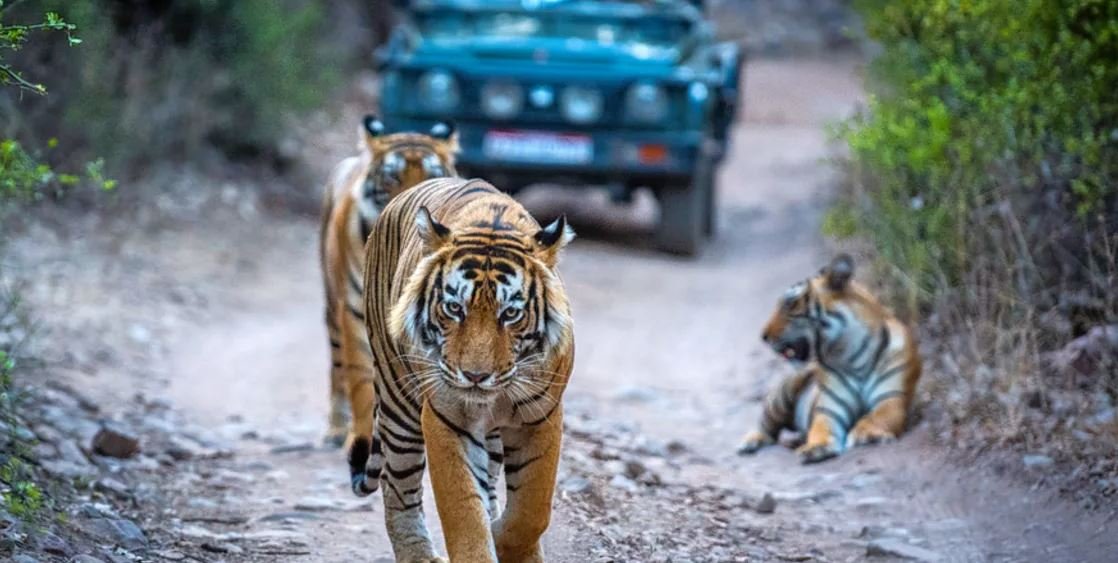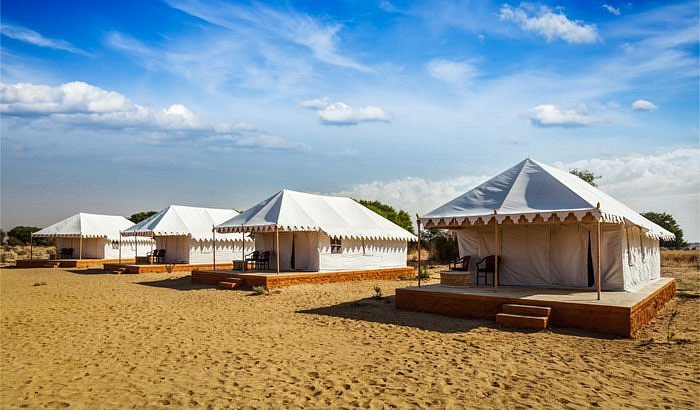Ranthambore National Park is one of India’s most treasured wildlife reserves, offering unparalleled opportunities to witness the majestic Bengal tiger in its natural habitat. Whether you’re a passionate wildlife photographer or a first-time visitor, understanding the optimal weather for tiger sightings is crucial to making the most of your journey. Nestled in the Sawai Madhopur district of Rajasthan, Ranthambore’s climate varies widely across seasons—each bringing unique experiences. The best time, however, hinges on a blend of visibility, animal movement patterns, and your own travel preferences. For those planning an immersive wilderness retreat, choosing the right season also complements a stay at the Best Resort in Ranthambore, offering comfort close to nature’s pulse.
Why Weather Matters for Tiger Spotting
Unlike many animals, tigers in Ranthambore are not strictly nocturnal and can often be seen in daylight. However, their visibility largely depends on weather conditions. Seasonal shifts influence the density of vegetation, water availability, and prey movement—all of which impact where and when tigers can be seen. During dry seasons, for example, tigers are more likely to frequent known watering holes, increasing your chances of a sighting. In contrast, the lush monsoon months can hinder visibility due to dense foliage and unpredictable paths.
Ideal Time: October to April
October to April is considered the prime window for tiger sightings in Ranthambore. The post-monsoon freshness in October revives the forest with vibrant greenery, and tigers become more active after the rains. From November to February, the cool weather attracts more tourists, and the early mornings provide excellent chances to spot not only tigers but also leopards, sloth bears, and over 300 species of birds. The combination of shorter grass and concentrated prey near water bodies makes it easier to catch a glimpse of these elusive cats.
By March and April, temperatures begin to rise, but tiger visibility remains high. These months are especially favorable for serious wildlife enthusiasts, as animals tend to gather near the few remaining water sources, leading to frequent and often dramatic sightings. Staying at a luxury resort in Ranthambore during this time ensures you experience the thrill of the wild with all the modern comforts.
Summer: May and June – High Risk, High Reward
For the most dedicated wildlife photographers and researchers, May and June can be surprisingly rewarding. Although temperatures can soar beyond 45°C, the extreme heat drives tigers to move during daylight hours, often to cool off in watering holes or shaded zones near open clearings. Early morning and late afternoon safaris in these months are your best bet for uninterrupted tiger viewing.
However, the intense heat also means you need to plan accordingly. Hydration, lightweight clothing, and air-conditioned lodging are essentials. This is where resorts that offer premium amenities and proximity to the park prove invaluable. Guests often prefer staying in tented accommodations to blend rustic charm with opulence—such as those offered among the Best Luxury Tents in Ranthambore.
Monsoon Season: July to September – Park Closed, Forest Rejuvenated
From July to September, Ranthambore experiences its annual monsoon. During this time, the park remains closed to tourists as heavy rainfall makes many trails inaccessible and increases the risk of landslides. While this is not the time for tiger sightings, it plays a crucial ecological role. The forest regenerates, water bodies refill, and the animal kingdom prepares for another cycle of activity. Some buffer zones or safari options outside the core area may be available, but sightings are rare and the experience less rewarding.
Best Times of Day for a Tiger Safari
Regardless of the season, the early morning (around 6:00–9:30 AM) and late afternoon (around 3:00–6:30 PM) are the preferred safari slots. These are the times when tigers are most active, especially during hot months when they rest in the shade by midday. Morning safaris often bring misty forest backdrops and fresh animal trails, while evening drives offer golden light and the mysterious calls of the jungle.
Additional Tips for an Optimal Experience
- Book in advance: Especially during peak months (November–March), Ranthambore sees high tourist volumes. Pre-booking safaris and accommodations ensures you get the best zones and experienced naturalists.
- Stay inside or near the park: Proximity reduces travel time to entry gates, maximizing your safari window.
- Choose zones wisely: Ranthambore has 10 core zones and several buffer areas. Zones 1–5 are typically the most popular for tiger sightings.
- Be patient and observant: Tiger tracking is part intuition, part skill. Watch for pugmarks, alarm calls from langurs or deer, and your guide’s instincts.
Combining Adventure with Comfort
Whether you visit during the cooler months or brave the heat for a chance at that perfect tiger shot, one thing is certain—where you stay greatly impacts the quality of your experience. Opting for a stay that reflects the essence of the jungle, while providing unmatched hospitality and local expertise, transforms a typical safari into a memorable expedition. Ranthambore Tiger Resort blends traditional Rajasthani design with the comforts of contemporary travel, offering a sanctuary after each thrilling safari.
Final Thoughts
If you’re planning a wildlife adventure and wondering about the best weather for tiger sighting in Ranthambore, October to April provides the most balanced conditions. For travelers seeking the raw excitement of tiger tracking, the drier and hotter months offer unparalleled rewards—if you’re up for the challenge. Whatever season you choose, aligning your journey with the natural rhythms of the jungle ensures a soulful and unforgettable experience.




